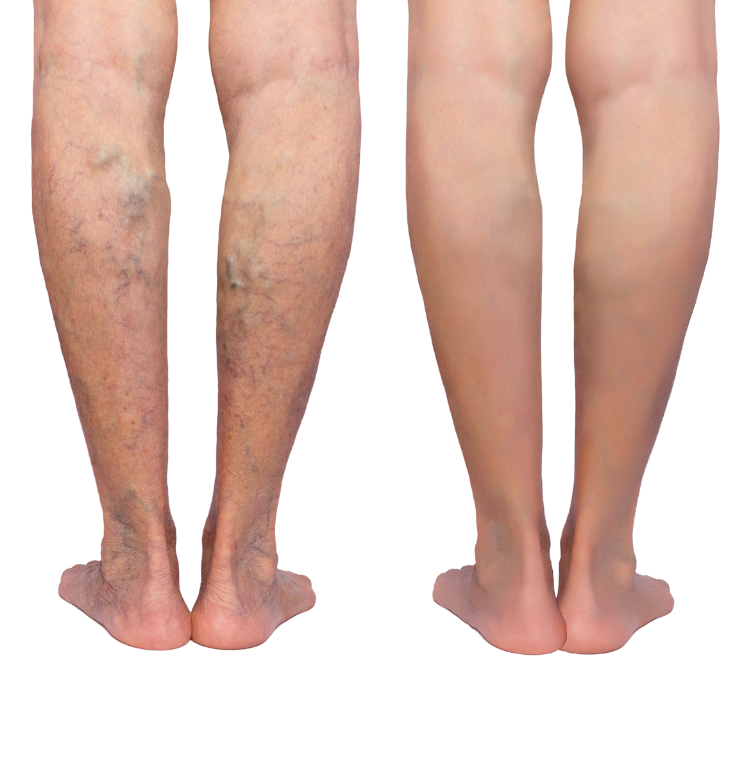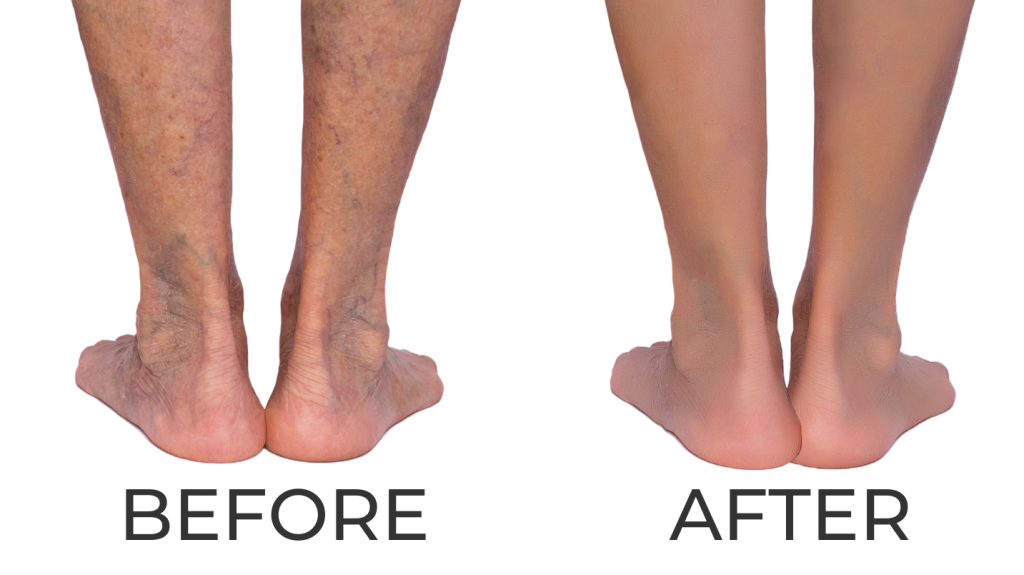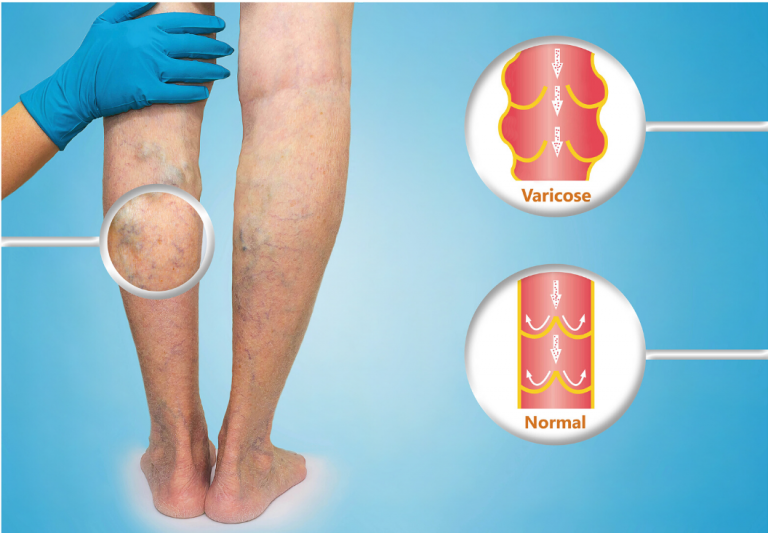Atlanta Vein Specialist
We Help You Overcome Pain & Embarrassment With Your Legs


Do You Experience…
- Leg Pain / Aching / Cramping
- Skin Changes / Discoloration
- Leg & Ankle Swelling
- Leg Heaviness & Fatigue
- Ulcers / Open Wounds / Sores
- Leg Restlessness
- Leg Itching / Burning / Numbness
- Varicose Veins or Spider Veins
If so, you may be eligible for non-invasive varicose vein treatment.
What is Venous Reflux?
Are your veins looking enlarged and bulging? You may be experiencing vein disease. Venous reflux, also known as Chronic Venous Insufficiency, occurs when veins fail to circulate blood effectively. Watch the video to learn more.
Trusted by Patients Across Atlanta
Insurance
Painfree
Super Fast Recovery
15-45 Minutes
Why Atlanta Vein Doc?

Why You Shouldn't Leave Your Varicose Veins Untreated

- Infections: Venous diseases can cause leg ulcers, which are breaks in the skin that can be dangerous due to exposure to bacteria and infection.
- Pain: Varicose veins disrupt blood flow, preventing oxygen from reaching the affected areas and leading to muscle cramps and pain.
- Bleeding: Inflamed varicose veins can press against the skin, making it more susceptible to cuts and bleeding.
- Swelling: Damaged valves within the vein walls can cause blood to collect, leading to swelling.
- Blood clots: Clots can form within the veins and if they detach and enter the bloodstream, they can cause life-threatening conditions like thrombophlebitis or deep vein thrombosis.
About Atlanta Vein Doc

Identify, Treat, and Eliminate
Visit Our Convenient Location!
FAQs
Most frequent questions and answers
Your leg has two sets of veins: deep veins, which are located deep within the leg muscles, and superficial veins, which are just below the skin’s surface.
Normally, blood circulates from the feet towards the heart in both sets of veins. However, when someone has venous insufficiency, the blood flows up the deep veins and then back down into the superficial vein. This causes the blood to pool in the superficial veins, leading to bulging and the development of varicose veins. These veins are often bluish or purple in color.
Spider veins are smaller versions of varicose veins. They are red, purple, or blue vessels that are also twisted and turning, and they are typically seen on the legs, chest, or face.
No, varicose veins may develop in deeper areas of the leg where they are not visible. Varicose veins are actually a type of venous insufficiency disease, which can cause various symptoms in addition to the visible veins.
Venous insufficiency disease can result in leg discomfort, ankle and leg swelling, itching, and fatigue. Other symptoms may include tingling, cramping, aching, and a feeling of heaviness in the lower limbs after standing for extended periods.
It’s important to be aware of these symptoms beyond just the appearance of visible veins.
In brief, the answer is no. While exercise and wearing compression stockings may provide some relief from the symptoms of varicose veins, typically only medical treatment can effectively eliminate a varicose vein.
If left untreated, varicose veins can progress and become dangerous, potentially leading to venous ulcerations. Complications can also arise, including rashes, infections, bleeding, sores, and blood clots.
In rare cases, varicose veins can cause deep vein thrombosis (DVT) and pulmonary embolism, both of which are life-threatening conditions.
Our process for diagnosing varicose veins typically involves three steps:
Consultation – We begin with a consultation where our friendly staff will listen to your concerns and ensure that you receive the best care possible. Our expertly trained team will provide you with care, including a provider and an ultrasonographer on the first visit.
Ultrasound – Following the consultation, we move on to the assessment, where we provide you with an accurate diagnosis. You will receive a same-day ultrasound and results on site while seeing the provider. This allows you to get back to your normal routine as quickly as possible.
Treatment Plan – Once we have completed our assessment, we will develop a treatment plan for you. We offer various options such as radiofrequency ablation (RFA), sclerotherapy, pneumatic compression, and more. We will work with you to develop a customized treatment plan that is tailored to your specific needs and outcome goals.
To learn more about our process, please visit our Our Process page or click here.
